Austrian artist’s eccentric spirals, unruly curves
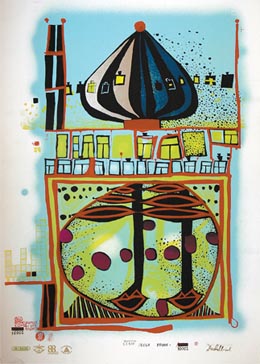
“Homo humus come va - 10002 Nights HWG 83 860” Provided by Die Galerie Seoul
An exhibition at Die Galerie Seoul in Cheongdam-dong, southern Seoul, provides a rare chance to see Hundertwasser’s works in Korea. Thirty pieces are on display.
Hundertwasser was inspired by the Vienna Art Nouveau movement, also known as the Secession style, led by Gustav Klimt in the late 19th century. Hundertwasser, like Klimt, used gold leaf in his work and was influenced by other Austrian painters, such as Egon Schiele.
One of the main themes in his work is continuing spirals used to portray numerous objects. Hundertwasser once called straight lines “the devil’s tools,” deeming them unnatural.
Many of Hundertwasser’s works involve silkscreen, lithograph and woodprint. One of his most famous pieces on display is “Homo humus come va - 10002 Nights HWG 83 860,” for which he used a silkscreen, lithograph and dye-stamping printing. The number 10002 signifies the number of prints made, although the artist used different colors for each print in the series.
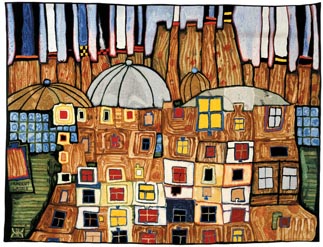
“Barbakan Castle in Poland TAP 47 776A”,” tapestry. Provided by Die Galerie Seoul
Hundertwasser is better known for his architecture, which is comparable to Spanish architect Antoni Gaudi in its organic forms and use of tile. The Austrian, surprisingly, didn’t get interested in architectural design until later in life, when he was in his 50s.
“He had contempt for modern architecture made with glass and steel and tried to make buildings close to nature by incorporating features of natural landscapes,” said Kim Ha-lin, the curator of the exhibition.
The Hundertwasserhaus, or the Hundertwasser apartment, in Vienna, has uneven floors, a roof covered with earth and grass, and large trees growing from inside the rooms. The apartment’s outer walls are painted in primary colors. His life story is just as interesting as his paintings and architectural designs.
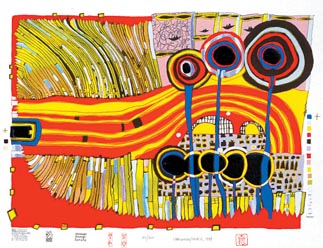
Fences - The Small Barrier of Beauty WVZ 964 (HWG 118), silkscreen.
In 1953, he painted his first spiral, which one could say mirrored his love life. He wed and divorced many times, with one marriage to a Japanese woman, Yuko Ikewada. They split up after six years. He traveled around the world, everywhere from Uganda and Sudan to Morocco and Japan, gaining inspiration along the way.
“Hundertwasser was fascinated by Japanese woodblock prints and produced a number of woodcuts,” Kim said. “He was the first European painter to have his works cut by Japanese masters.”
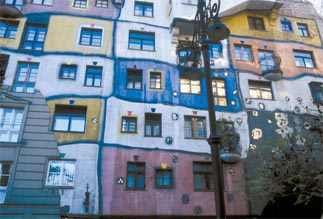
Facade of Hundertwasserhaus in Vienna.[JoongAng Ilbo]
Later in his life, Hundertwasser considered New Zealand his official home, and no matter where he went, his watch was always set to New Zealand time. As he wished, he was laid to rest in the country after he died in 2000. His body was wrapped in flags and buried without being put into a coffin, as he had always wished to go back to nature.
The gallery is open from 10 a.m. to 7 p.m. daily and the exhibit continues until June 13. Admission is free. For more information, call (02) 3447-0049 or visit www.die-galerie.co.kr.
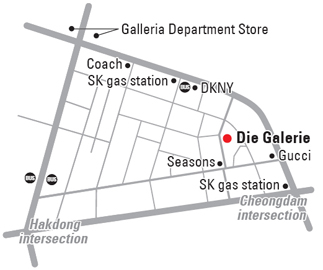
By Limb Jae-un [jbiz91@joongang.co.kr]










with the Korea JoongAng Daily
To write comments, please log in to one of the accounts.
Standards Board Policy (0/250자)